The Biological Mechanisms of Animal Tool Use
Introduction
Animal tool use refers to the behavior of animals that employ an object from their environment to achieve a specific outcome. This behavior is observed in a variety of animal species, including mammals, birds, fish, and invertebrates. The biological mechanisms that underlie tool use in animals are complex and multifaceted, encompassing cognitive, physiological, and evolutionary aspects.


Cognitive Mechanisms
The cognitive mechanisms of animal tool use involve the processes of learning, memory, problem-solving, and decision-making. These cognitive abilities allow animals to understand the relationship between the tool and its purpose, and to apply this knowledge in different contexts.
Learning and Memory
Learning plays a crucial role in animal tool use. Animals learn to use tools through a combination of individual exploration and social learning. In individual exploration, animals discover the functionality of tools through trial and error. Social learning, on the other hand, involves the transmission of tool use behaviors from one individual to another, often from parent to offspring. This is observed in species such as the New Caledonian crows and chimpanzees.
Memory is also integral to tool use. Once an animal learns to use a tool, it must remember this information for future use. This involves the storage and retrieval of information in the brain, a process that is facilitated by neural structures such as the hippocampus and prefrontal cortex.

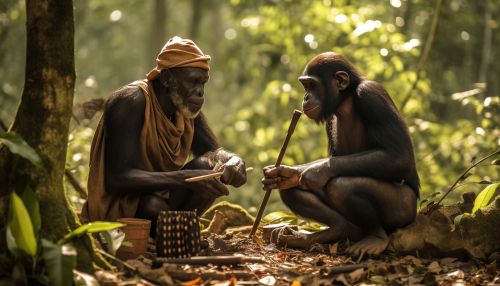
Problem-Solving and Decision-Making
Problem-solving and decision-making are also key cognitive mechanisms in animal tool use. Problem-solving involves the ability to generate and implement a plan to achieve a goal, while decision-making involves choosing the best course of action from a set of alternatives.
In the context of tool use, problem-solving may involve figuring out how to use a tool to obtain food, while decision-making may involve choosing between different tools or strategies. These cognitive abilities are thought to be associated with the development of the prefrontal cortex, a region of the brain involved in executive functions.

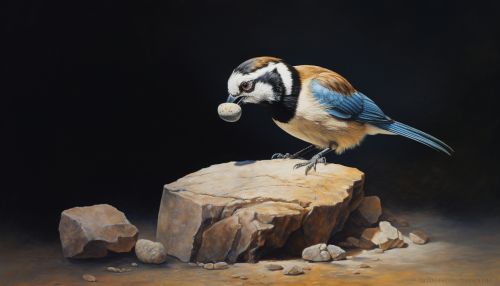
Physiological Mechanisms
The physiological mechanisms of animal tool use involve the physical capabilities that enable animals to manipulate tools. These include motor skills, sensory perception, and physical strength.
Motor Skills
Motor skills refer to the ability to execute movements with precision and control. This is crucial for tool use, as it allows animals to manipulate tools in a precise and controlled manner. Motor skills are controlled by the motor cortex, a region of the brain that coordinates voluntary movements.

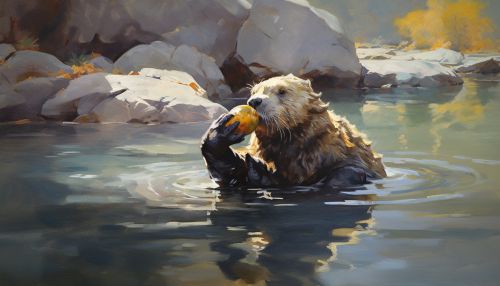
Sensory Perception
Sensory perception is also important for tool use. Animals must be able to perceive the properties of potential tools, such as their shape, size, and weight, and to perceive the effects of their actions on the environment. This involves the integration of information from various sensory modalities, including vision, touch, and proprioception.

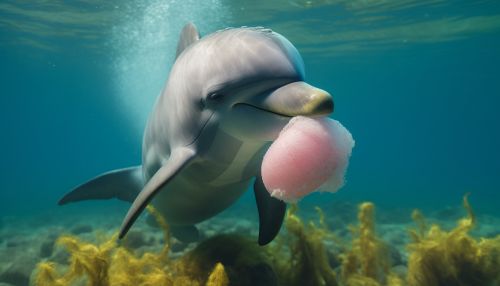
Physical Strength
Physical strength is another physiological mechanism that underlies tool use. Some tool use behaviors require considerable physical effort, such as lifting and carrying heavy objects. Animals that engage in these behaviors must therefore possess the necessary physical strength.
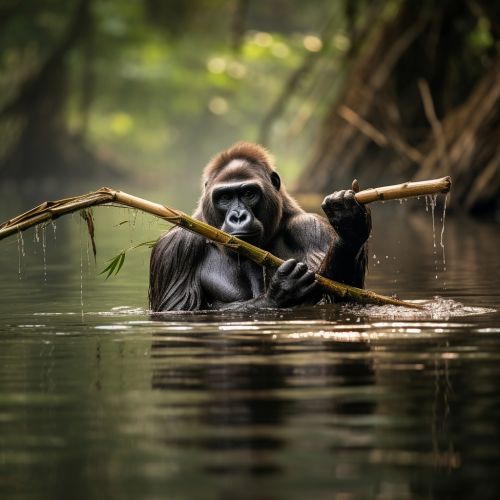

Evolutionary Mechanisms
The evolutionary mechanisms of animal tool use involve the processes of natural selection and adaptation. These processes have led to the development of the cognitive and physiological traits that enable tool use.
Natural Selection
Natural selection is a process in which individuals with traits that enhance their survival and reproduction are more likely to pass on their genes to the next generation. In the context of tool use, animals that are able to use tools to obtain food or protect themselves from predators may have a survival advantage, leading to the spread of tool use behaviors in the population.

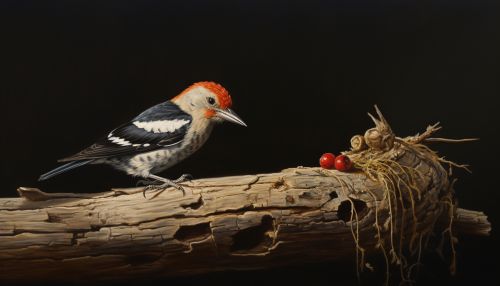
Adaptation
Adaptation refers to the process by which species become better suited to their environment. In the case of tool use, this may involve the development of physical traits that facilitate tool manipulation, such as opposable thumbs in primates, or the development of cognitive traits that enhance problem-solving and learning abilities.


Conclusion
The biological mechanisms of animal tool use are complex and involve a combination of cognitive, physiological, and evolutionary processes. These mechanisms enable animals to manipulate objects in their environment to achieve specific goals, demonstrating a level of sophistication and flexibility that was once thought to be uniquely human. Further research into these mechanisms can provide valuable insights into the evolution of intelligence and the nature of cognition.
